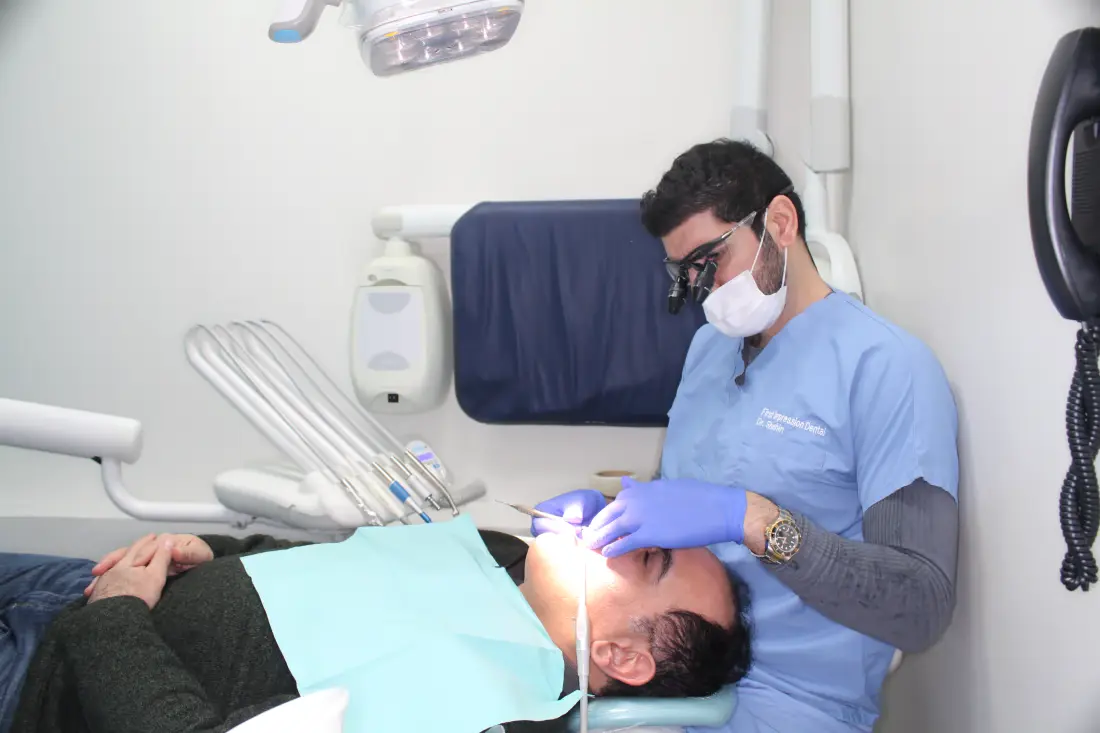Root Canal Retreatment

In rare cases, root canal therapy in Brooklyn, NY fails to work as expected. The tooth might not heal properly or a patient might feel post-operative discomforts that threaten the health of the tooth. Redo of the root canal would require the sectioning and removing of the existing metal or porcelain crown and packing material, the cleaning and shaping of the root canals, and the re-packing and redoing of the crown of the tooth. In short, redo of a root canal is similar to the original procedure, aside from the crown removal. The success of a root canal retreatment runs at around 75 percent.
Root canals and retreatments are a better option than tooth removal for most patients. If a tooth has healthy gums around it, good bone support, and a solid surface, it has a good chance of being restored and saved. Choosing root canal retreatment is most likely far less costly than the alternatives. Extensive dental bridges, tooth implants, and creating aesthetically pleasing prosthetic teeth cost far more than holding on to the natural tooth. Additionally, they require maintenance and feel less natural than a “natural” tooth.
When is root canal retreatment in Brooklyn needed?
Though the thought of more endodontic therapy might not be pleasant, root canal re-do is fairly straightforward. Generally, the whole treatment can be completed in 1-3 appointments.
What does the redo of a root canal involve?
On the first visit of the redo procedure, local anesthesia will be injected for anesthetizing the tooth, unless another kind of anesthetic has been selected. The affected tooth is draped with a rubber dam. The dam protects the tooth during the procedure from salivary bacteria. The amount of cleaning the Brooklyn dentist or endodontist can do during one appointment will depend on the extent of inflammation present, and the irregularities of the root canals.
The first challenge in root canal redo is to access the pulp chamber. If a crown and prefabricated post have been placed, they will need to be removed first.
After that, core build-up material and any obstructions that block the root canals have to be removed. This excavation is usually performed with the help of an ultrasonic drill. The benefit of using this instrument is that any obstructive material is vibrated loose. Tiny files will then be used to clean and widen the infected root canals. Digital X-rays may be used to make sure that the roots are clean. If this proves to be complex, medicated CaOH will be applied, and the rest of the cleansing procedure can be performed at the following appointment.
When our dentist, Dr. Shahin is confident that the root canals are completely free of bacteria, gutta-percha filling is used to fill them. This special material hermetically seals the canals to prevent bacterial invasion. Lastly, a provisional crown or filling is applied to the tooth. At a later appointment, the color-matched permanent crown will be placed.
If you need to get a root canal redo in Brooklyn, NY, or its neighborhoods such as Crown Heights, Fort Greene, or Park Slope, ask your Brooklyn Dentist.